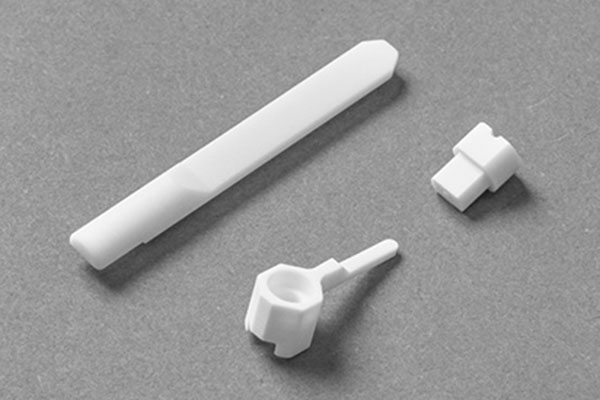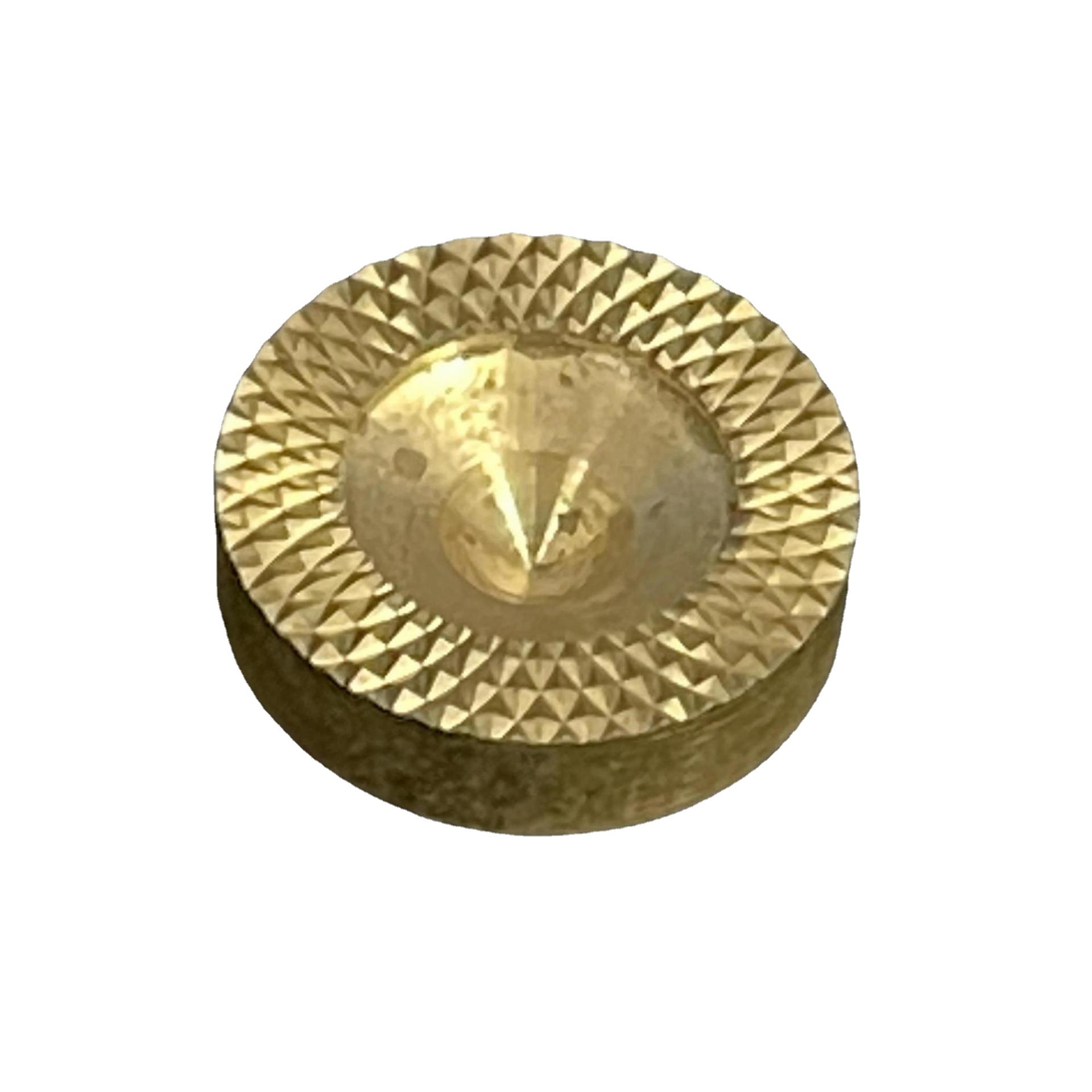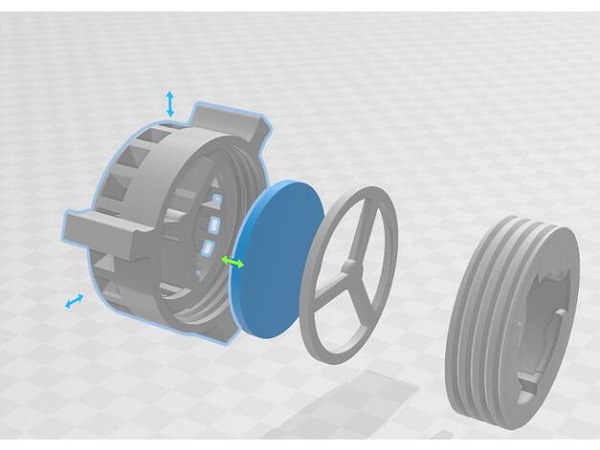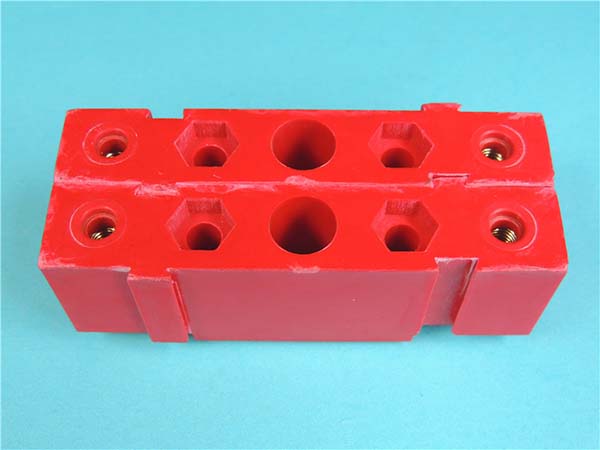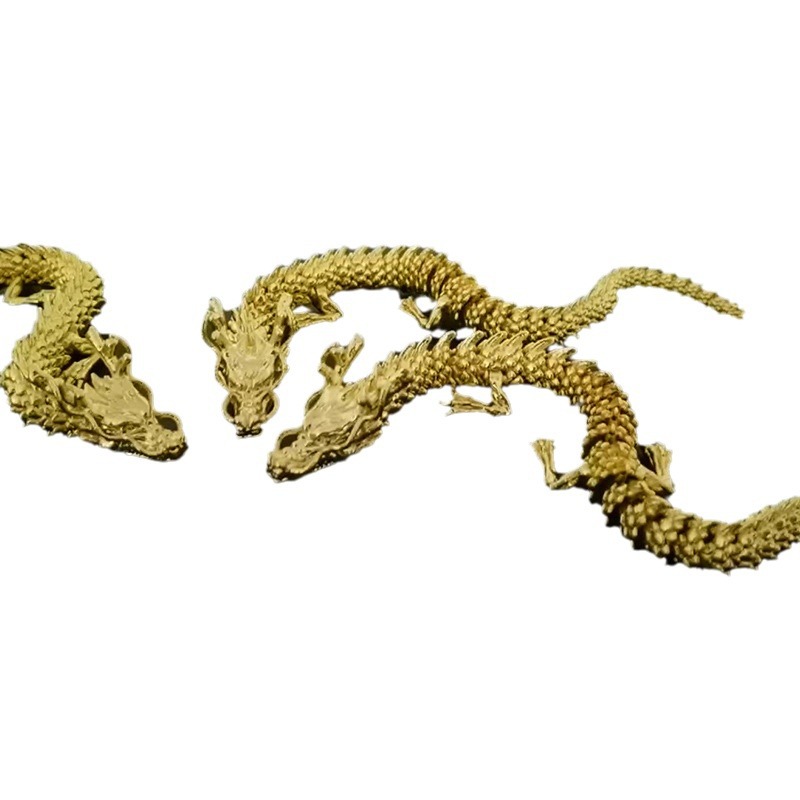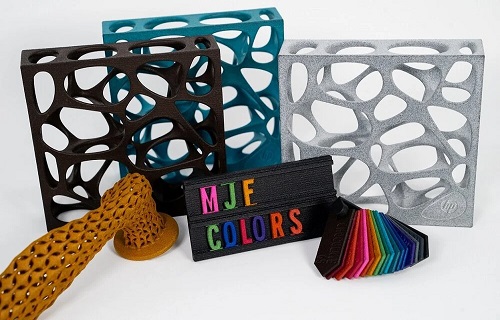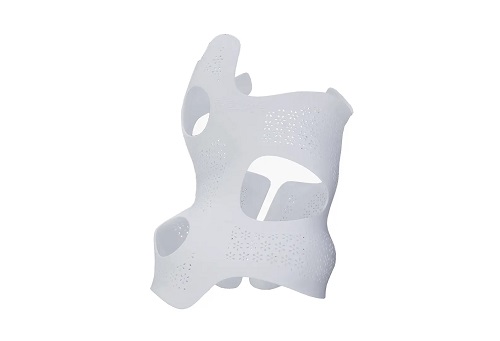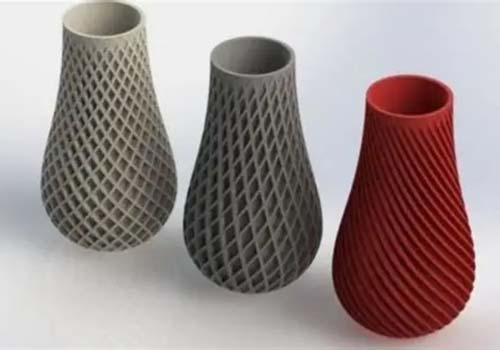You’ve turned to alumina ceramics for their unmatched combination of hardness, heat resistance, and chemical inertness—hoping 3D printing will let you create complex parts that traditional ceramic manufacturing can’t achieve. But your prints are disappointing: the fired part cracks during cooling, or the porosity is so high it leaks in chemical processing tests. Maybe the surface is rough, with uneven shrinkage making it impossible to fit with other components, or the mechanical strength is far below that of sintered alumina. Worse, your “high-purity” prototype fails a corrosion test, wasting expensive powder and weeks of firing time.
Alumina ceramics—especially high-purity alumina—are workhorses in high-temperature and corrosive environments, but 3D printing them requires precision that goes beyond metals or plastics. Their unique material properties—from extreme hardness to sensitivity to firing conditions—demand specialized 3D printing processes to avoid defects. Success means mastering how to create dense, crack-free parts and leverage their performance and benefits for applications where no other material will survive. In this guide, we’ll unlock the potential of 3D printing alumina ceramics, helping you create parts that are strong, heat-resistant, and ready for the harshest conditions.
Material Properties: The Strength of Alumina Ceramics
Alumina ceramics’ reputation for durability comes from their exceptional material properties—a combination of hardness, heat resistance, and chemical stability that makes them indispensable:
- Hardness and strength: Alumina (Al₂O₃) is one of the hardest technical ceramics, with a Mohs hardness of 9 (second only to diamond). Its mechanical strength is impressive too—sintered alumina has a flexural strength of 300-400 MPa, with high-purity alumina (99.9%) reaching 400-500 MPa. This hardness translates to exceptional abrasion resistance—it outlasts metals in applications like pump seals or grinding tools. Despite its strength, it’s brittle, requiring careful design to avoid impact-related failure.
- Heat and chemical resistance: Alumina ceramics excel in high temperatures, with high-temperature resistance up to 1600°C (pure alumina) and excellent thermal stability—they don’t melt or deform under prolonged heat. This makes them ideal for furnace parts or aerospace heat shields. They’re also chemically inert—resistant to acids, alkalis, and organic solvents—making them perfect for chemical processing equipment. Their low thermal expansion (7-8 ppm/°C) minimizes cracking from temperature changes, a critical trait for parts exposed to heat cycles.
- Density and structure: Fully sintered alumina has a density of 3.9-4.0 g/cm³, with porosity below 1% in high-quality parts. Porosity above 5% weakens the material and reduces corrosion resistance, making density control critical. Grain size (typically 1-5 μm in sintered alumina) also affects strength—finer grains improve toughness, while larger grains enhance high-temperature performance. Electrical insulation is another key property—alumina is an excellent insulator, making it ideal for electrical components in high-heat environments.
3D Printing Processes: From Digital Model to Sintered Part
3D printing alumina ceramics is a multi-step process that combines 3D printing with traditional ceramic firing, requiring careful control at every stage:
- Printing techniques: The most common methods include Binder Jetting (printing layers of alumina powder with a liquid binder), Stereolithography (SLA) / Digital Light Processing (DLP) (curing alumina-loaded photopolymer resins), and Material Jetting (depositing ceramic inks). Binder Jetting is popular for large parts, offering high infill density and fast print speeds (10-50 mm/s) but requiring careful binder removal. SLA/DLP delivers finer detail (layer thickness 25-50 μm) and smoother surfaces, ideal for small, precise parts like dental restorations. All methods produce a fragile green body (unsintered part) that requires firing to become dense ceramic.
- Firing and post-processing: The firing process is make-or-break for alumina parts. Green bodies are first debinded (binder removed) at 400-600°C, then sintered at 1500-1600°C to fuse alumina particles. Sintering causes shrinkage (15-20% by volume), so slicing software must scale the digital model to compensate. Post-sintering treatment—like HIP (Hot Isostatic Pressing)—can close remaining pores, increasing density to 99.9%. Supports are critical during printing but must be removed before firing (for binder jetting) or designed to burn away during sintering (for resin-based methods) to avoid damage.
- Key parameters: For Binder Jetting, print speed and binder saturation affect green body strength—too much binder causes warping, too little leads to fragile parts. SLA/DLP requires precise resin viscosity and UV exposure to ensure uniform layer curing. Nozzle temperature (for jetting) or bed temperature (for binder jetting) must be stable to prevent powder clumping or resin curing issues. After printing, slow cooling during sintering minimizes thermal stress and cracking—a rate of 50-100°C/hour is typical for high-purity alumina.
Applications: Where 3D Printed Alumina Ceramics Excel
Alumina ceramics’ unique properties make them indispensable in applications that demand heat resistance, chemical stability, and hardness:
- Industrial and chemical processing: Industrial tooling like cutting inserts, grinding wheels, and pump seals relies on alumina’s abrasion resistance and chemical inertness. Chemical processing equipment—valve seats, reaction vessel liners, and heat exchangers—uses alumina to withstand acids, alkalis, and high temperatures. 3D printing allows custom shapes, like complex nozzles with internal channels that optimize flow, which are impossible to machine from solid alumina.
- Aerospace and automotive: Aerospace components—furnace liners, rocket nozzle throats, and heat shields—use alumina for its high-temperature resistance (up to 1600°C) and low weight. In automotive, alumina parts like spark plug insulators and exhaust gas sensors leverage its electrical insulation and heat resistance. 3D printing reduces weight further by creating lattice structures in non-critical areas, improving fuel efficiency.
- Medical and electronics: Medical implants (bone screws, joint replacements) use alumina for its biocompatibility and corrosion resistance in bodily fluids. Dental restorations (crowns, bridges) benefit from its natural white color and wear resistance, matching tooth enamel’s durability. In electronics, alumina substrates and insulators carry high voltages in power systems, with 3D printing enabling custom shapes for compact designs.
Performance and Benefits: Beyond Metals and Plastics
3D printed alumina ceramics offer performance and benefits that make them irreplaceable in extreme environments:
- Heat and corrosion resistance: Unlike metals, alumina remains strong at 1600°C, making it the only choice for furnace parts or aerospace re-entry components. Its chemical resistance outperforms stainless steel in harsh chemicals—alumina valves in chemical plants last 10-20 times longer than metal ones. This durability reduces maintenance costs and downtime in critical systems.
- Precision and customization: 3D printing alumina allows complex geometries—hollow structures, internal channels, or lattice patterns—that are impossible to machine from solid ceramic. This design freedom enables parts like heat exchangers with optimized flow paths or sensors with integrated insulation. Dimensional accuracy is excellent after sintering (±0.5% for SLA/DLP parts), with surface finish (Ra 1-5 μm) suitable for most industrial applications without post-polishing.
- Strength and efficiency: Alumina’s high-strength-to-weight ratio (stronger than many metals by weight) reduces part mass in aerospace and automotive applications. Its low thermal conductivity (30 W/m·K) makes it an excellent insulator, while its abrasion resistance extends part life in moving components. For small-batch production, 3D printing eliminates the need for expensive ceramic molds, reducing upfront costs for custom parts.
Yigu Technology’s Perspective: Mastering Alumina 3D Printing
At Yigu Technology, we specialize in 3D printing alumina ceramics for clients who need parts that thrive in extreme conditions. We use SLA/DLP for high-precision parts and Binder Jetting for larger components, optimizing print parameters to minimize porosity. Our firing process is tightly controlled—slow debinding and precise sintering temperatures (1550°C for 99% alumina) ensure dense, crack-free parts. We validate every part with density checks, hardness testing, and corrosion resistance trials, ensuring they meet the demands of chemical processing, aerospace, or medical applications. 3D printing alumina isn’t just about making ceramic parts—it’s about creating solutions that survive where metals and plastics fail, and we’re committed to delivering that reliability.
Frequently Asked Questions (FAQ)
- Why is my 3D printed alumina part cracking during firing?
Cracking usually stems from uneven shrinkage or residual stress. Ensure the green body is uniformly dense (avoid thick/thin sections) and debind slowly (50°C/hour) to prevent binder trapped inside. Sinter at a steady rate (100°C/hour) and hold at 1500°C for 2-4 hours to allow full densification. Use slicing software to add fillets to sharp corners, which reduce stress concentration during cooling.
- How does 3D printed alumina compare to traditionally made alumina?
3D printed alumina matches 90-95% of the strength and density of pressed/sintered alumina but offers better design freedom. Traditional methods excel in high-volume production (1000+ parts) with lower per-unit costs, while 3D printing is better for low-volume, complex parts. 3D printed parts may have slightly higher porosity (1-3% vs. <1% for pressed), but HIP treatment can close this gap.
- Can 3D printed alumina be used for food or medical applications?
Yes, with proper processing. Use high-purity alumina (99.5%+) to ensure biocompatibility and avoid contaminants. Sinter to full density (<1% porosity) to prevent bacterial growth in pores. For food contact, ensure the surface is smooth (Ra <1 μm) and test for leachables. 3D printed alumina is already used in dental restorations and medical implants, as it’s inert and integrates well with bodily tissues.
